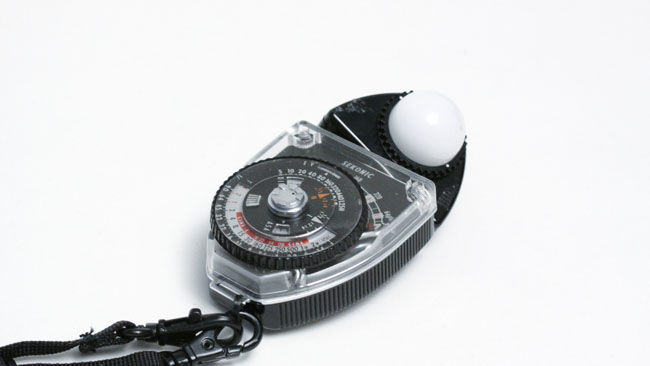
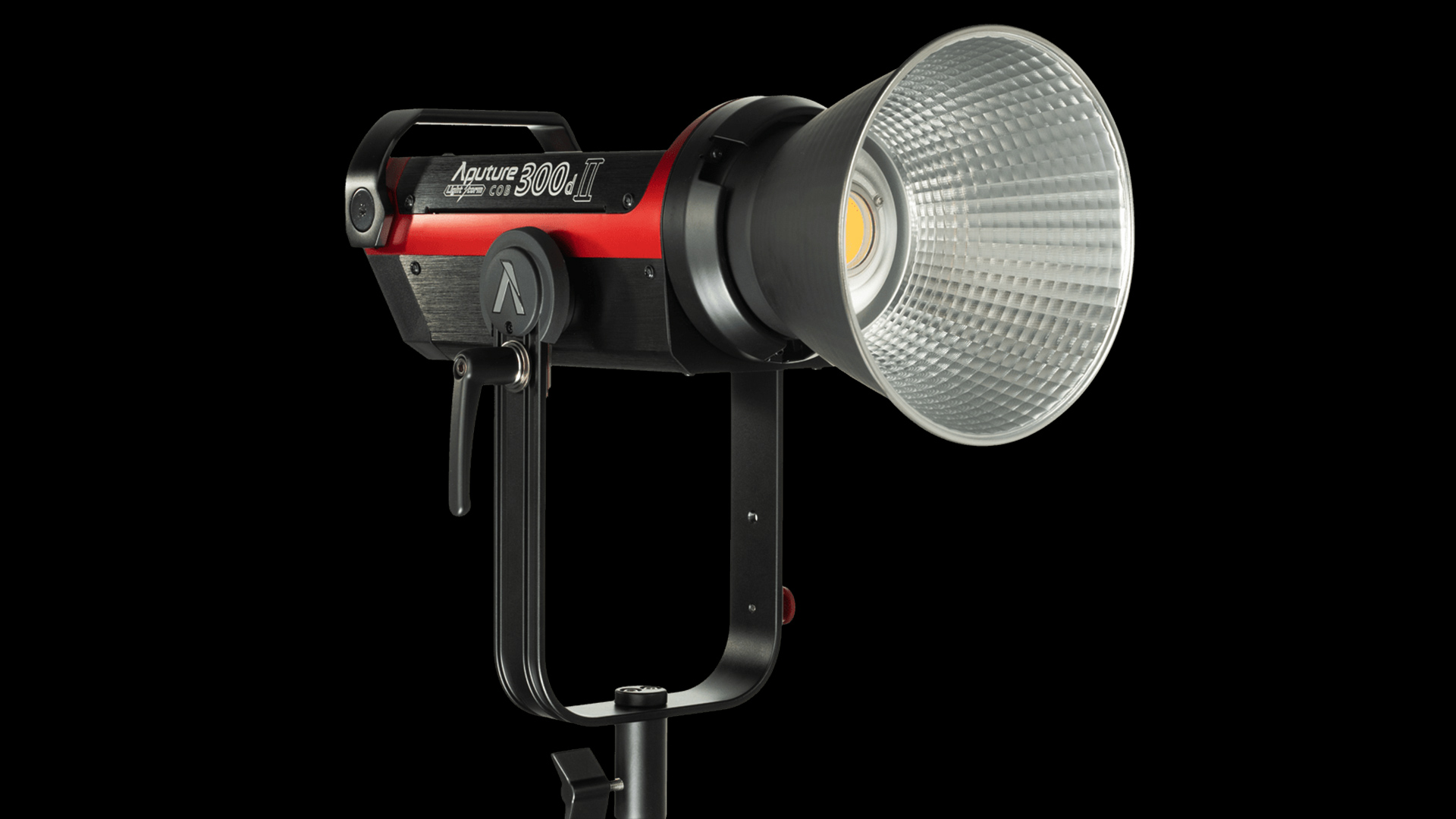
The lighting industry has got into a very strange habit that doesn’t make a lot of sense. For some reason, we describe lights in terms of the equivalent output of some other technology, which is rather like a speed limit sign saying “no faster than the airspeed of an unladen swallow,” which would seem a little odd. Phil Rhodes asks, why can't we have a definitive way of describing a light's output?
But it’s not seen as odd in film and TV. A light might be promoted as having “the output of a 1200W HMI”, for instance, or 6K of tungsten. On one hand, the historic background to this is fairly well known: it comes up most with LEDs because they’re more efficient than other things, so we might want to know how much more efficient they actually are. But at the same time, people often don’t publicise (or at least not very prominently) the actual power consumption of the device, which doesn’t give us a good basis for comparison. It’s not very impressive if a device manages “the output of a 575W HMI” if it actually consumes something close to 575W.
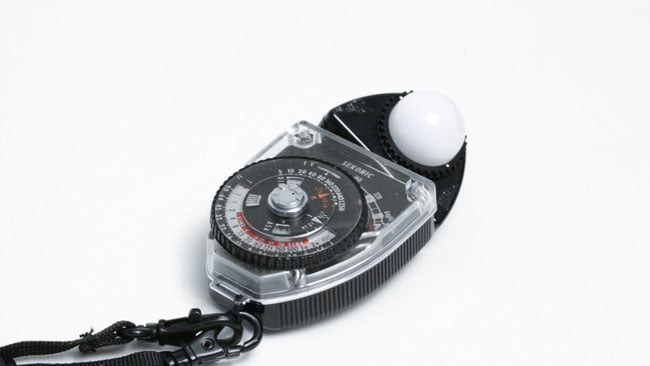
You can do a decent job of characterising a light with one of these, but you'll need a blacked-out warehouse and an afternoon to do it in
Is there a better, more informative way to express output?
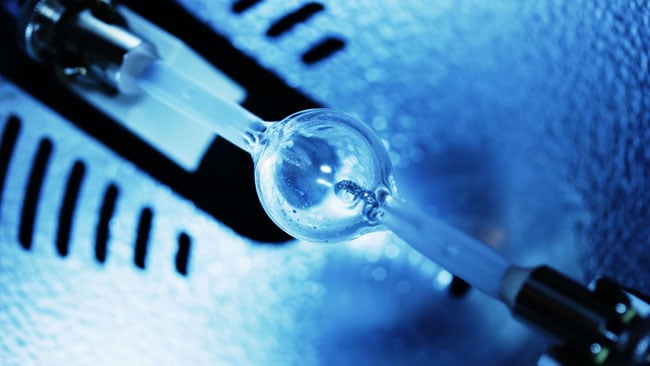
This 1.2K HMI, in a Blonde housing, is the equivalent of - oh - lots and lots of tungsten.
Well, sort of. The proper way to measure the total amount of light coming out of something is to use an integrating sphere. That’s simply a big sphere that’s matte white on the inside so that any light inside is – ideally – evenly bounced around and therefore distributed equally over the whole inside of the sphere. Then, by measuring the brightness of the light just once, at any point, we can figure out how much total light there is because the light should be the same at all points. Real-world integrating spheres are not quite perfect because there usually has to be an entry port at some point, to shine the light into, or the light source has to be placed inside the sphere where it might absorb some its own light. There also has to be an exit port to read the light from and a lot of care is taken to choose the proper coating for the inside of the sphere.
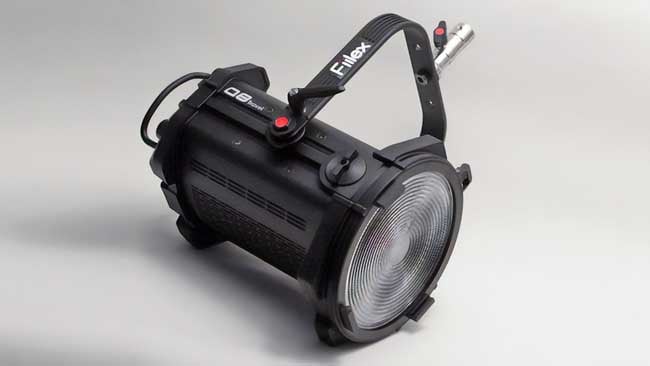
Fresnel lenses make for a pretty, controllable beam, but aren't the most efficient way to fire photons at a target
What this lets us measure is the total light output by the device, give or take any small inaccuracies due to the physical measurement process, in lumens. Is that useful information? Sure; it lets us assess how good the device is at taking electrons and turning them into photons, which is one of the things we’re very keen to know with modern lighting. There are two problems, though. First is that, as a practical matter, it is difficult to find an integrating sphere large enough (or with large enough ports) to accommodate lights intended for film and TV work, which makes this an expensive measurement. The other problem is that it doesn’t really tell us much about how the device emits its light.
What’s more, the issue of absolute electrons-to-photons efficiency often makes far less difference than the optical design of the light. The overwhelming majority of LED lights use LED emitters made by just a few companies and there are a few favourite power supply manufacturers too. Manufacturing blue LED emitters, at the most fundamental level, is a huge industrial process and effectively nobody has set up a factory to do that simply for film and TV lights (and that’s not really necessary, anyway). Likewise, the techniques of conditioning and regulating power to drive these emitters are not new, clever or advanced.
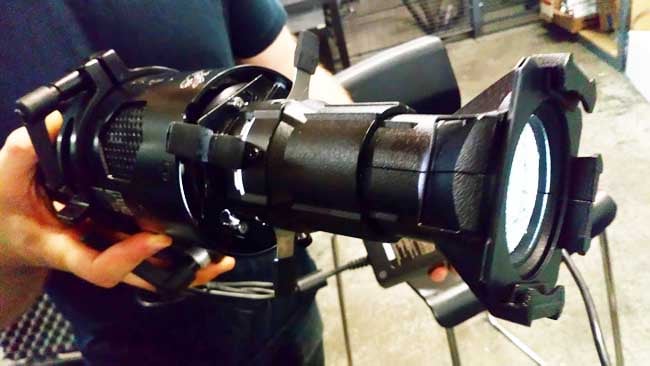
Put the light through this much glass and down this many tubes, and fewer photons make it - but you can achieve almost anything
It’s a fair bet that most companies at most levels of the market are getting broadly similar results in terms of exactly how many photons they’re getting per watt, although it’d be good to check. Things which will make a bigger difference include the type of phosphor conversion used, as in white LEDs, or the exact pick of colours in a colour-mixing light. Use LEDs that rely on a phosphor to convert the blue output to a red or green and we trade off absolute electrical efficiency for colour rendering. In terms of the day-to-day experience of using a light, those details will make a difference of a few minutes in battery runtime.
So, it’d be nice to see proper sphere tests done on lights, mainly to characterise the differences between different phosphor technologies, but in general, they probably wouldn’t tell us much.
Variations in design
But they would require the actual power consumption of the light to be prominently published in order to be meaningful, and that brings us back to our original concern. The design of lights varies enormously – flat panels are hugely efficient, optically, but not very flexible. Fresnels are much more flexible but less optically efficient. PARs are somewhere in-between. Put a profile (Leko, Americans) adaptor on the front and we’re always going to be losing a lot of photons in the optical system, but it can do more or less anything.
About the only way to really solve this is to publish information about beam patterns. A good approach is Arri’s photometric calculator that gives us lots of information about the beam pattern and brightness at a given range. If this seems complicated, well, it is. We might prefer a single, simple number that expresses how powerful a light is, but, as with so many things, life just isn’t that simple. A simple spot exposure reading in lux is useful, but only if we know angle and distance. A simple total light reading in lumens is useful, but only if we know the beam pattern.
Both of them, though, is a lot more useful than a bald claim that a light equals the performance of some other technology.
Tags: Production


Comments